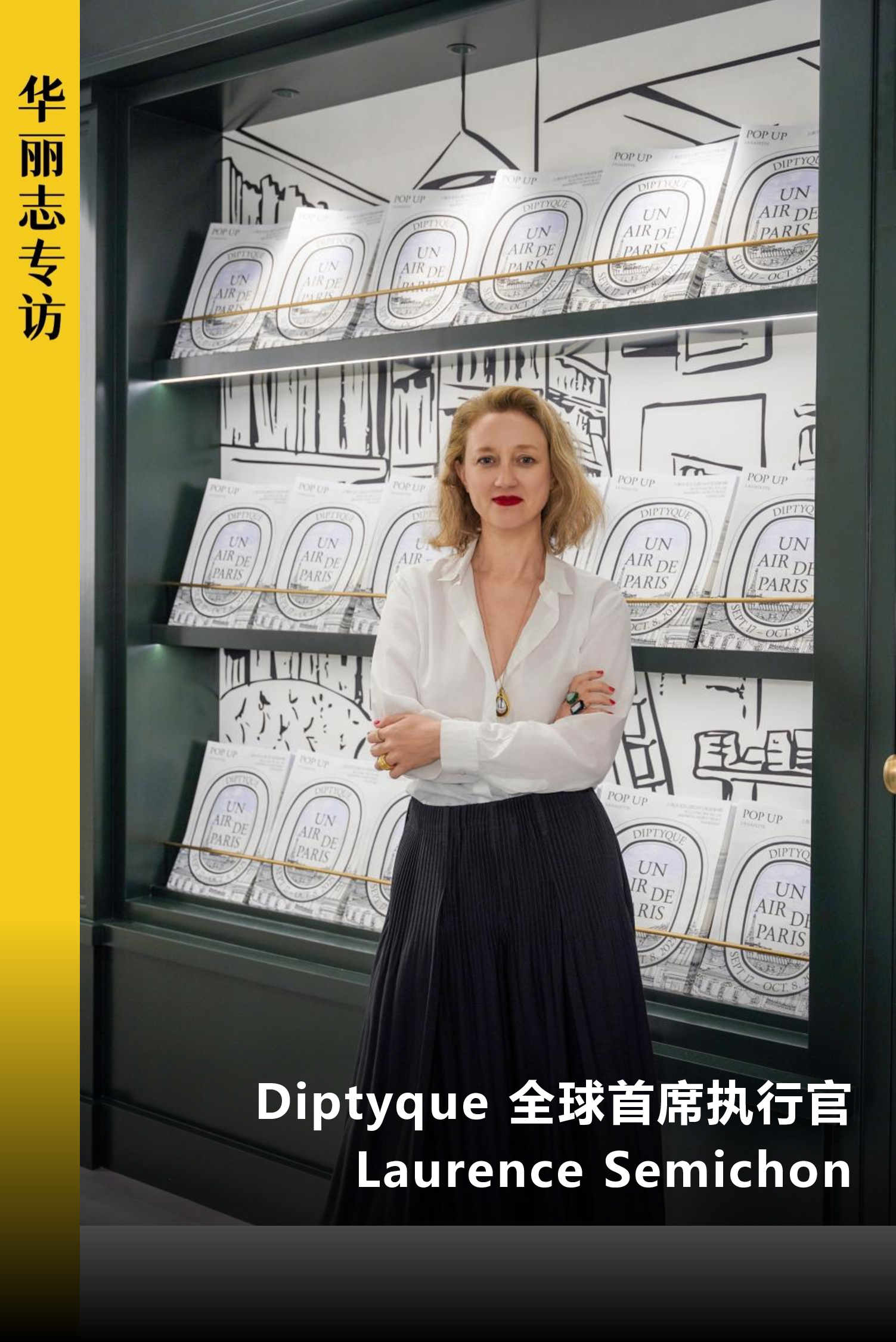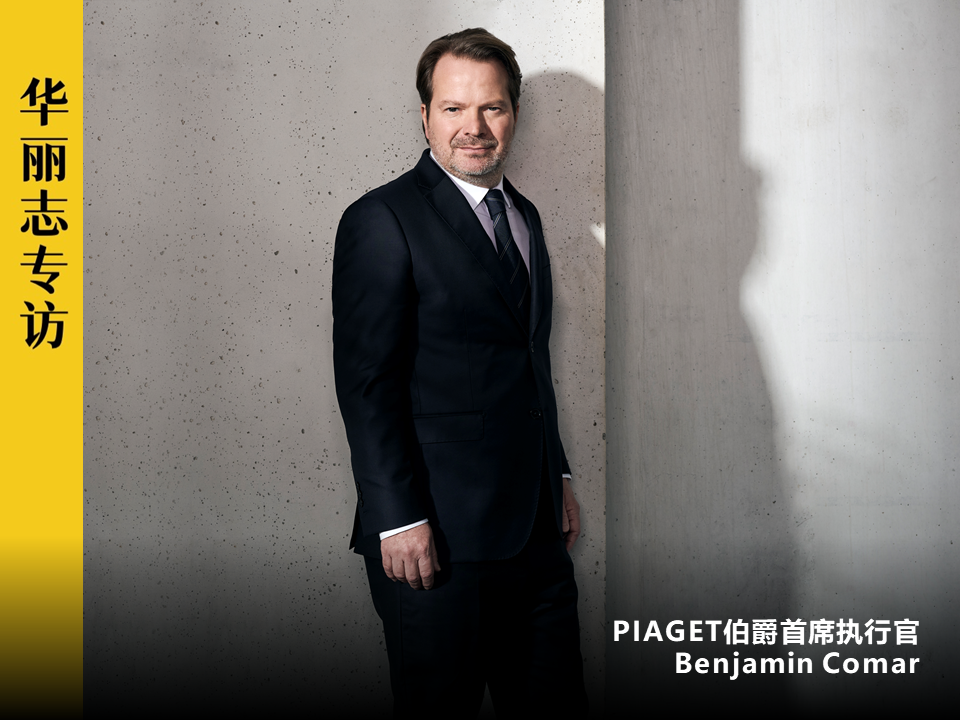When Barbie gracefully swaps high heels for Birkenstocks, many wonder: have young people really abandoned high heels?
From being a symbol of European nobility after the Middle Ages to becoming a staple in women’s wardrobes today, high heels have witnessed centuries of fashion evolution and undeniably occupy a vital “essential” status.
Focusing on the luxury women’s shoe market in the Chinese Mainland, Luxe.co searched for high-heel brands priced above 5,000 yuan. These mainly include the “Four Major Luxury Women’s Shoe Brands,” luxury brands primarily engaged in fashion and leather goods, and niche designer brands from Italy and France. From January 1 to July 25, 2024, Luxeplace.com’s fashion industry research institute “Luxe.CO Intelligence” recorded 93 brand updates labeled “luxury” + “footwear,” covering new products, stores, pop-ups, endorsements, advertisements, collaborations, and personnel changes.
In the dazzling world of high heels, how does one create a consistently “desirable” brand? This is a common challenge faced by industry participants.

SR Godiva Precious collection
For the legendary Italian brand Sergio Rossi, with over 70 years of history, it is no exception. The brand has undergone a series of changes in recent years: during the pandemic in 2020, the brand’s soul, the 84-year-old founder Sergio Rossi, sadly passed away; in June 2021, the brand was officially acquired by the global fashion luxury company Lanvin Group, becoming its first vertically integrated luxury footwear brand; and in 2024, the brand welcomed a new management and creative team.
As it embarks on a new chapter, Lanvin Group CEO Eric Chan and Sergio Rossi CEO Helen Wright recently gave an exclusive interview to Luxeplace.com, addressing the brand’s strategic transformation, heritage, and global expansion.

Lanvin Group CEO Eric Chan
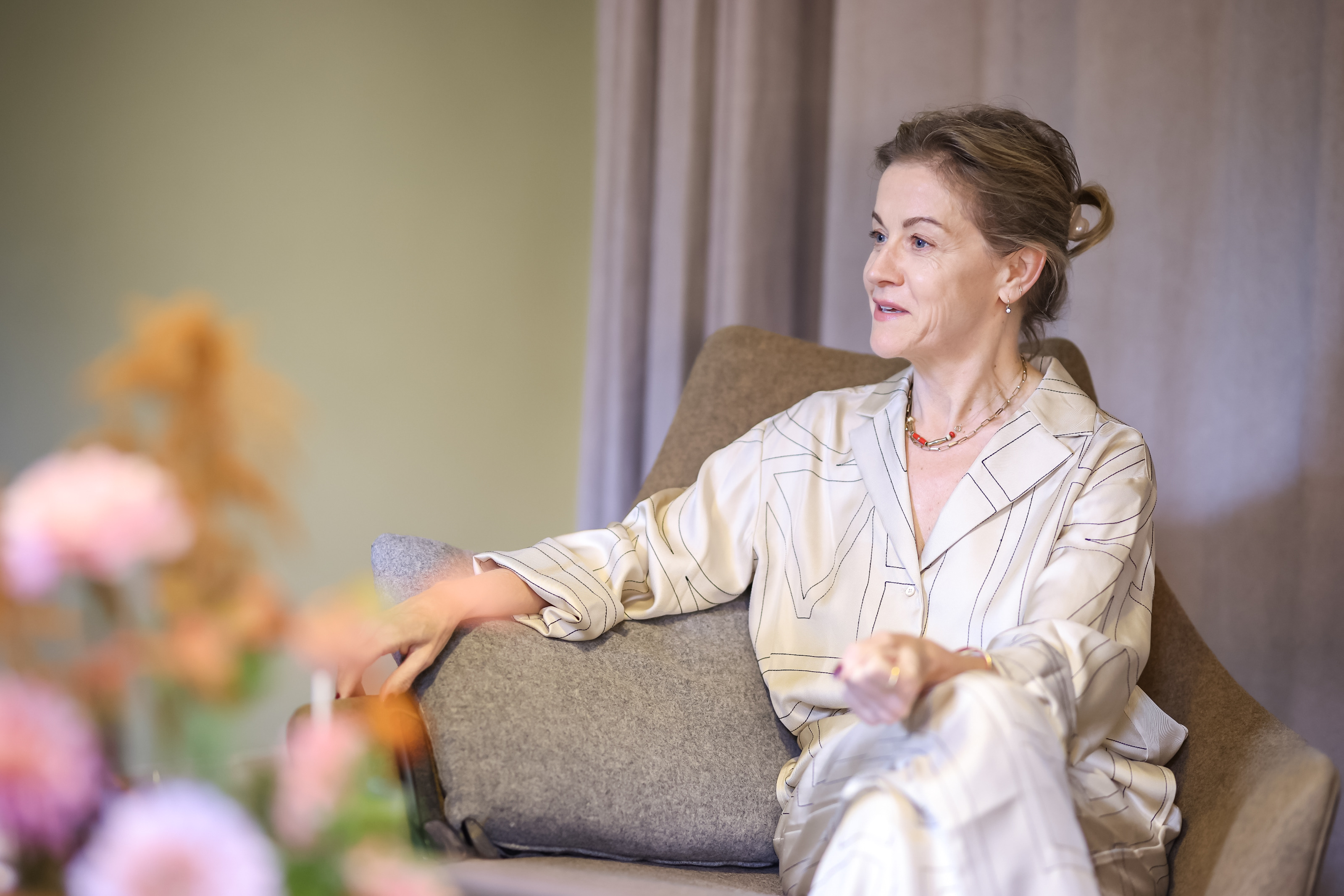
Sergio Rossi CEO Helen Wright
Strategic Transformation: “Brand Heirs Need Time and Patience”
According to Lanvin Group’s annual performance report released in April, for the fiscal year 2023, Sergio Rossi’s revenue slightly declined by 4% to 59.52 million euros, compared to 61.93 million euros in 2022. The gross margin increased from 50% to 51%, due to a higher contribution from direct channels, while the marginal profit margin increased from 11% to 12%, benefiting from optimized sales and marketing expenses.
Since being acquired by Lanvin Group three years ago, Sergio Rossi has been undergoing a comprehensive strategic transformation, attracting much market attention.
First is the adjustment of the management team. Lanvin Group CEO Eric Chan emphasized in the interview that one of the group’s priorities is “putting the right people in the right places.”
Six months ago, Sergio Rossi welcomed its new “captain” Helen Wright, who candidly stated in this interview, “We need enough patience, and time is one of the biggest tests.”
With 25 years of experience in the luxury fashion industry, having worked at brands such as Ralph Lauren, FENDI, Karl Lagerfeld, Anya Hindmarch, and Belstaff, Helen Wright brings a wealth of management experience. In her new role, she “focuses on the brand’s strategic transformation, formulating and leading global strategies, collaborating with stakeholders and key business partners to achieve sustainable growth,” with particular emphasis on product line content, distribution channel optimization, brand awareness, and execution, as well as the continued development of key markets such as North America, the UAE, Japan, and Greater China.
Following Helen Wright’s appointment, Sergio Rossi recently revamped its creative team, appointing former Salvatore Ferragamo Creative Director Paul Andrew as the brand’s Creative Director.
From his resume, the young British designer has worked with master designers like Donna Karan, Calvin Klein, Narciso Rodriguez, and the late Alexander McQueen. In 2014, he became the first shoe designer to receive the CFDA/Vogue Fashion Fund award. Notably, Paul Andrew was the first all-category creative director since Salvatore Ferragamo himself. Paul Andrew’s arrival will lead Sergio Rossi toward a more creative future.
The second priority is iterating “desired products.”
Recently, Sergio Rossi held a preview event for the 2024 Autumn/Winter collection in Shanghai, themed around the equestrian world. The collection featured the sr Nora inspired by riding boots, the sr Pilier representing ballet and Mary Jane shoes, the sr Arc with “banana heels” characteristic of Texas boots, the iconic sr Mermaid, the new sr Godiva Precious series adorned with crystal buckles, and the men’s collection relaunched in 2020. Attendees at the event had the opportunity to closely admire Sergio Rossi’s proud haute couture handmade wedding shoes.
In addition to focusing on core footwear business, Sergio Rossi is also exploring other categories.
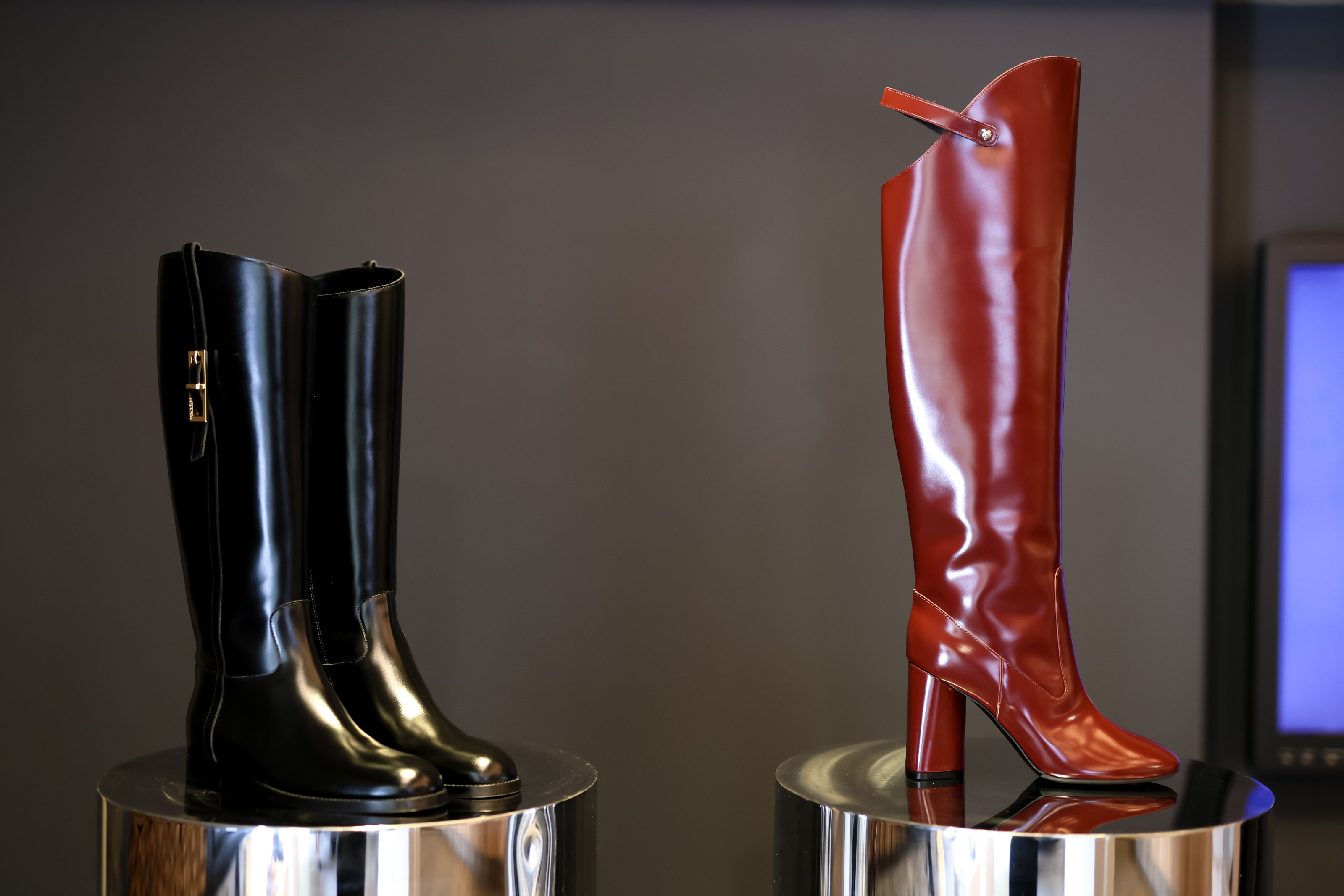
Sergio Rossi Nora Collection
In the analysts’ conference call following the 2023 financial report, Lanvin Group pointed out, “Leather accessories are actually the best-selling items in the Asian market, particularly in the Chinese Mainland or Southeast Asia.”
Helen Wright introduced in the interview, “Shoes and handbags have good synergies, especially in certain special occasions. We are experimenting with this concept and have launched some bag designs.” However, she emphasized, “Ultimately, the brand’s core business remains footwear.”
The third priority is using technology to enhance brand value. In the interview with Luxeplace.com, Eric Chan revealed that he and Helen are actively exploring the possibilities of artificial intelligence (AI) to enhance brand value. “AI drives aspects of creative design, product production, content marketing, brand building, and data management. It adds value to everything we do rather than replacing craftsmanship and brand assets.”

Men’s collection
Interview Transcript:
Luxe.co: Please describe what sets Sergio Rossi apart in a few words.
Helen Wright: Vibrant, feminine allure, and contemporary.
Luxe.co: Can you describe the brand’s customer profile?
Helen Wright: Our customers worldwide are mature, fashionable, and well-educated women and men. The core female customer base is over 35 years old, appreciating exquisite craftsmanship, with quality and comfort being the core elements. In recent years, we’ve seen a trend towards flats, slippers, ballet flats, and sneakers, which are elegant and easy to wear in modern life. Therefore, Sergio Rossi’s iconic high heels now mainly feature 4-5 cm low heels. We aim to maintain long-term relationships with our core customers while inviting a new generation of young customers to join us and feel connected.
Luxe.co: What is the biggest challenge Sergio Rossi currently faces?
Helen Wright: We need patience, as time is perhaps one of the main tests. Our team works very closely and ambitiously; we want to see rapid development and change, but we also want it to be high-quality and sustainable. Thus, I believe our challenge is to balance strategic needs, business opportunities, and all other factors while managing time wisely and cautiously practicing sustainable brand development measures.
Luxe.co: How do you view the prospects of the sustainability trend in the high-end footwear market?
Helen Wright: People are willing to pay a premium for truly high-quality products. Customers now care about the quality and longevity of products rather than being excited about fast fashion as in the past. Therefore, I believe sustainability is related to the quality and longevity of products, followed by environmentally friendly materials and end-of-life recycling.
Respecting the Brand’s Heritage: “Respecting Brand Assets and Innovating to Enhance Desirability”
In the conversation with Luxeplace.com, the keyword “respecting brand assets” was repeatedly mentioned by both interviewees. “Facing ‘fickle’ consumers, balancing brand assets with continuous innovation and launching ‘desired products’ instead of simply replicating archives is one of the biggest challenges the brand faces,” said Eric Chan.
Luxeplace.com’s research institute, Luxe.CO Intelligence, conducted a consumer survey in 2022 on the country of origin of global luxury brands. The results showed that among many luxury brand powerhouses, Italy is the most recognized country in the minds of Chinese consumers. “Made in Italy” as a label and asset of luxury brands is undoubtedly deeply rooted.
Focusing on the footwear sector, Sergio Rossi, born in the Italian shoemaking town of San Mauro Pascoli, is one of the standout brands in the survey report “Italian Brands in China.”
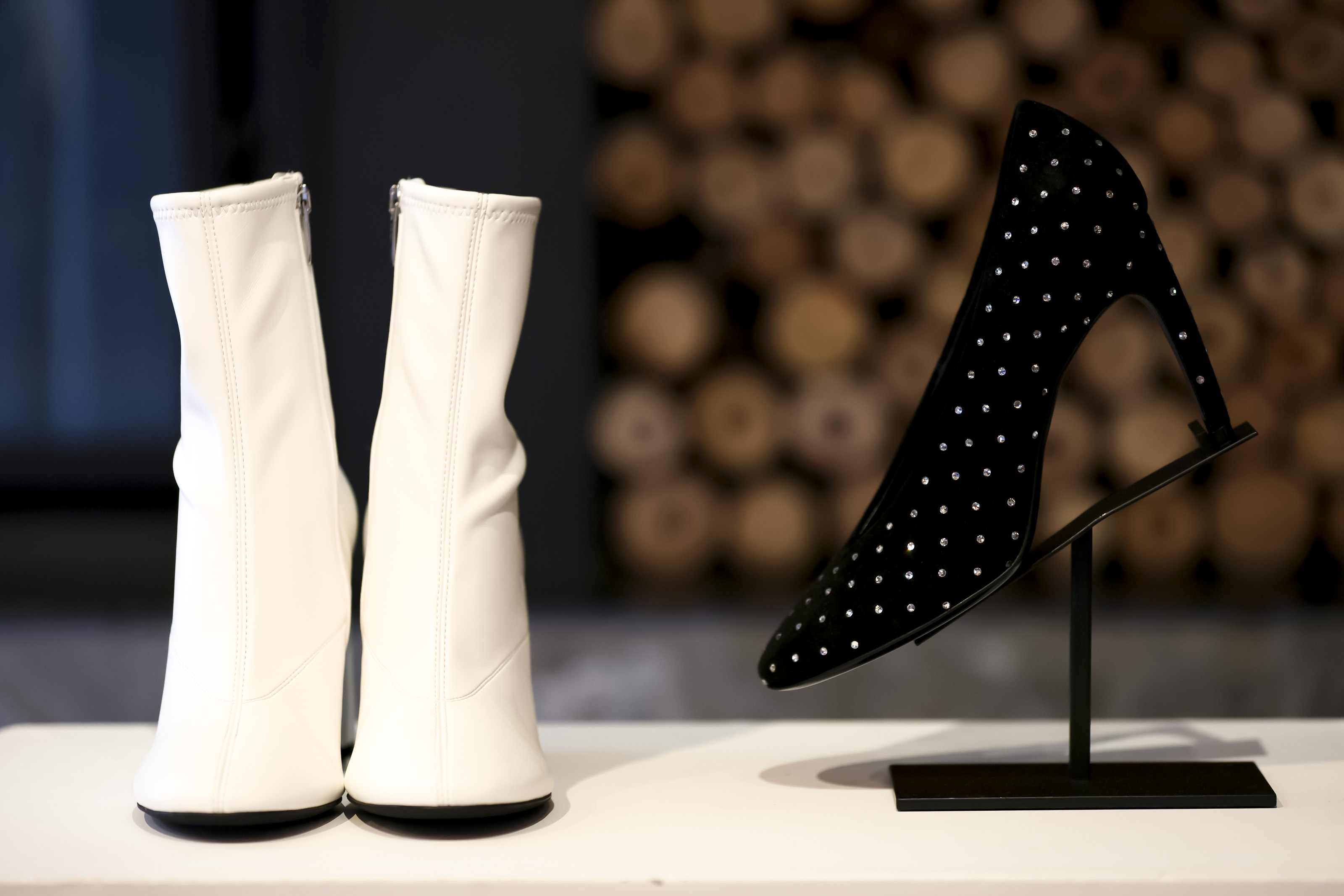
Sergio Rossi Pilier Collection (left) and Arc Collection (right)
The late Mr. Sergio Rossi was known as an “artist and engineer” in the Italian shoemaking industry. He inherited his father’s shoemaking business in 1951 and founded the eponymous brand. As described on Sergio Rossi’s current official website, “luxury shoes for women,” it is a brand born out of a male designer’s love for female beauty. “Shoes are not just accessories, but an extension of a woman’s body and temperament,” Mr. Sergio Rossi understood and defined the significance of footwear.
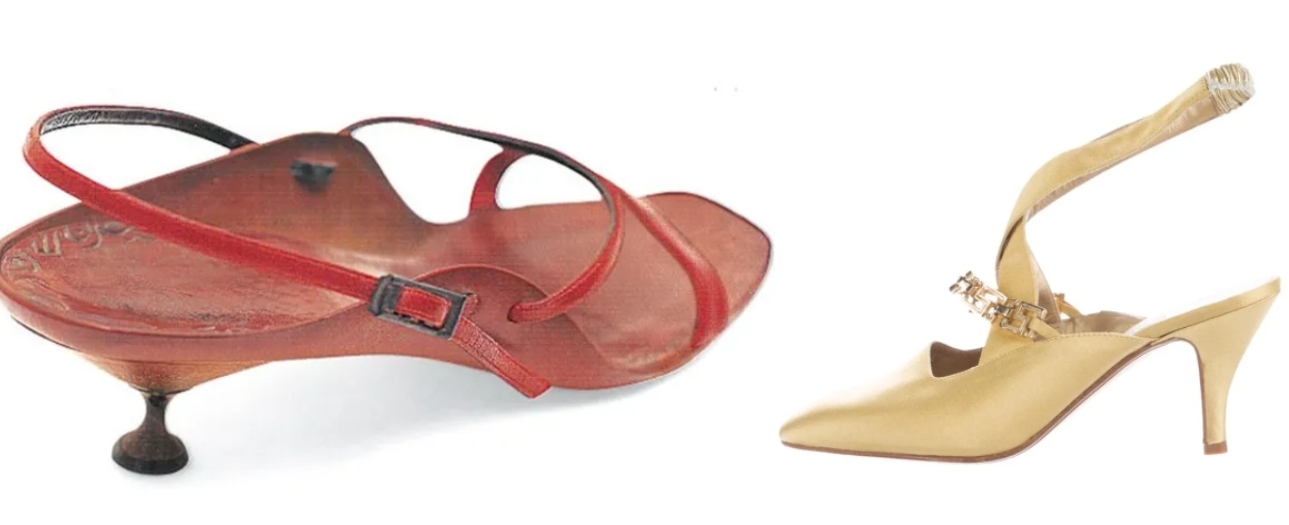
One of Sergio Rossi’s classic works, the OPANCA sandal (left), and the collaboration series with Italian fashion designer Gianni Versace in the 1970s (right)
In the 1970s, Gianni Versace, founder of the Italian luxury brand Versace, invited Mr. Sergio Rossi to design footwear for his clothing series. Subsequently, he collaborated with fashion designer brands such as Azzedine Alaïa and Dolce & Gabbana, becoming one of the most representative footwear brands at Milan Fashion Week. As Mr. Sergio Rossi said, “I follow design, not advertising.” In these outstanding collaborations, Sergio Rossi’s reputation continued to grow, with design and product always being the brand’s original intention.
From the sr Mermaid series inspired by the mermaid myth to the SR1 series inspired by the 1996-97 Fall/Winter collection, we see the continuous integration and reinterpretation of classic elements from the brand archives in each season’s new products at Sergio Rossi.

Sergio Rossi Mermaid Collection
According to official data provided by Lanvin Group, Sergio Rossi’s famous “Radiance Archives” houses over 6,000 historical shoes and more than 18,000 digitized materials. Each high heel undergoes at least 120 processes and 14 hours of handmade production to complete. The “Last Gallery” preserves prototype designs that showcase the craftsmen’s understanding of ergonomics and geometric aesthetics.
Helen Wright proudly introduced to Luxeplace.com that Sergio Rossi’s factory in San Mauro Pascoli, Italy, has a total of 200 employees, “Among them, 95 craftsmen deal with shoes almost every day, and they are the company’s most valuable asset.”
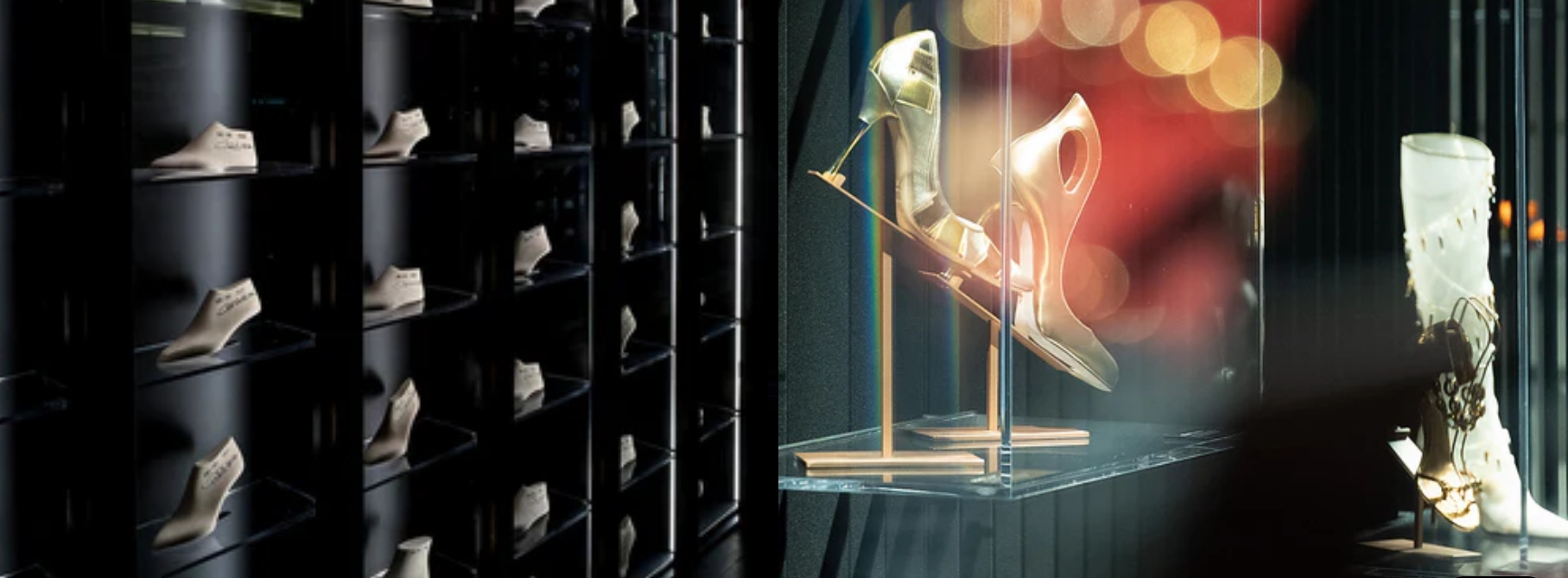
Sergio Rossi Radiance Archives
Interview Transcript:
Luxe.co: What is the top priority task for Lanvin Group and its brands currently?
Eric Chan: Respecting brand assets while continuing to innovate, as I always say, is about creating a “desired” brand.
Luxe.co: How do you view the rich brand assets when you joined Sergio Rossi?
Helen Wright: Being able to inherit the brand’s assets, traditions, and history and almost take on the founder’s responsibility is an honor and a significant responsibility.
I spent a lot of time studying and understanding the brand archives, which are like the heartbeat of Sergio Rossi. They tell us a lot, though not everything, like a guiding light. We draw from the essence of the archives, develop it, modernize it, and seek growth.
Luxe.co: What insights have you gained from the brand’s past development?
Helen Wright: We need to correctly position the brand and clearly understand who our customer base is. Once the strategy is established, we need to move forward with great focus and not easily change our minds or follow the trend, as this would confuse customers every year.
For example, we launched handbags, but ultimately, our core business remains footwear. We need to focus on this and not get distracted by other things, as this is a critical stage. We must remain humble, as there is much to improve and enhance.
Global Strategy: “In 10 or 20 Years, the Largest Luxury Market Will Still Be in Asia”
“We should be the only global Asian fashion luxury group. Operating luxury brands in Asia in an Asian way, I firmly believe we have many advantages, especially since in 10 or 20 years, the largest luxury market will still be in Asia,” Eric Chan confidently stated in an interview with Luxeplace.com.
According to the 22nd edition of the luxury market study “Long Live Luxury: Converge to Expand through Turbulence” released by Bain & Company and Fondazione Altagamma, Chinese consumers will regain their pre-pandemic dominance in luxury goods purchasing by 2030. Their share of global luxury consumption is expected to grow to 35% to 40%. The Chinese Mainland market is projected to surpass the Americas and Europe, becoming the largest luxury market globally, with a share increasing to 24% to 26%. This data further solidifies the industry’s confidence in the Asian market.
With over twenty years of deep cultivation in the Chinese and Asian markets, Sergio Rossi is now turning a new page while taking a solid step towards a global strategy.

Sergio Rossi Mermaid Collection
In this interview, Eric Chan revealed more about Sergio Rossi’s globalization strategy to Luxeplace.com: “Japan and China are undoubtedly our primary markets; we are also entering the U.S. market, which has a vast scale and strong scalability. Recently, we opened two stores in Dubai and plan to further expand and penetrate the Middle Eastern market. Currently, we have not set up in the Southeast Asian market, but we see tremendous potential there.”
Founded by Fosun International Limited (0656.HK) in 2017, Lanvin Group owns five brands, including France’s oldest haute couture house Lanvin, Austrian luxury skinwear brand Wolford, Italian luxury footwear brand Sergio Rossi, American classic knitwear brand St. John Knits, and Italian high-end menswear manufacturer Caruso. As a global fashion luxury company rooted in the Asian market, Lanvin Group’s sales in Greater China increased by 8.8% year-on-year in 2023, other Asian regions grew by 7.2% year-on-year, and the entire Asia-Pacific region grew by 8.3% year-on-year.
Regarding long-term confidence in the Asian market, Eric Chan explained to Luxeplace.com two key points: “First, wealth still exists. Chinese and Asian consumers differ from other regions; they confidently spend during economic upturns and save during downturns, but the wealth remains. Second, we should view economic cycles correctly. We believe that storms come and go. This precisely provides us with the time to improve ourselves internally, prepare, and focus more on customers. Now we have time to accumulate customer-centric experience, but when the market rises again, there will be no time (to prepare).”
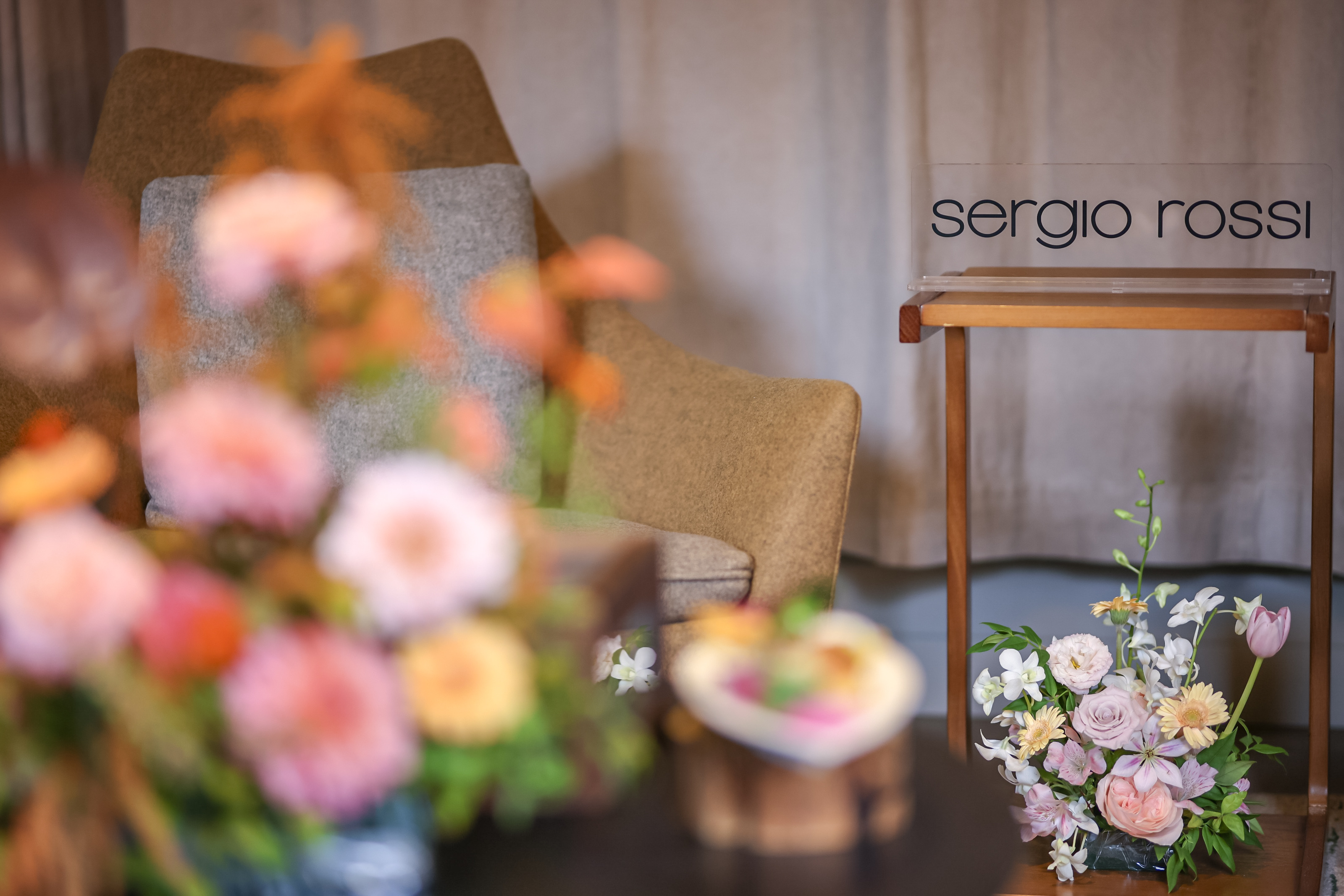
Interview Transcript:
Luxe.CO: Please summarize Lanvin Group’s corporate culture in a few words.
Eric Chan: Open and straightforward, good at listening, daring to explore innovation, and sharing honor and joy with the team.
Luxe.CO: What long-term support does Lanvin Group provide for Sergio Rossi?
Eric Chan: Lanvin Group has a comprehensive product matrix, covering diverse brands from menswear, womenswear, leather goods, and footwear, each excelling in their categories and contributing to the group’s portfolio. We are like an ecosystem, not just luxury brand operators but also with a complete supply chain system, supporting flexible collaboration between Sergio Rossi and other brands under our umbrella.
At a higher level, we are not only managing brand acquisitions. Our shareholders themselves have established a broader ecosystem, merging various industries into a complete supply chain.
At the highest level, we rely on the extensive ecosystem of Fosun Group, which spans luxury goods, finance, real estate, tourism, entertainment, sports, and healthcare, among other sectors. All these resources will support our brands.
Luxe.CO: Lanvin Group’s 2023 financial report highlighted Sergio Rossi’s success in the Japanese market. What lessons can be drawn from this for the Chinese market?
Helen Wright: First, we have been deeply rooted in Japan for 25 years. Japanese consumers are very familiar with and appreciate Sergio Rossi. When we emphasize the exquisite craftsmanship behind the brand, it resonates deeply with local customers.
Second, we have established a strong brand image in the Japanese market as a brand truly serving customers, good at listening and learning, not just putting products in stores and saying, “I hope you like it.”
We firmly believe that after Japan, China will become the brand’s largest overseas market in Asia and globally.
| Image Credit: Sergio Rossi, Lanvin Group
| Editor: Elisa

